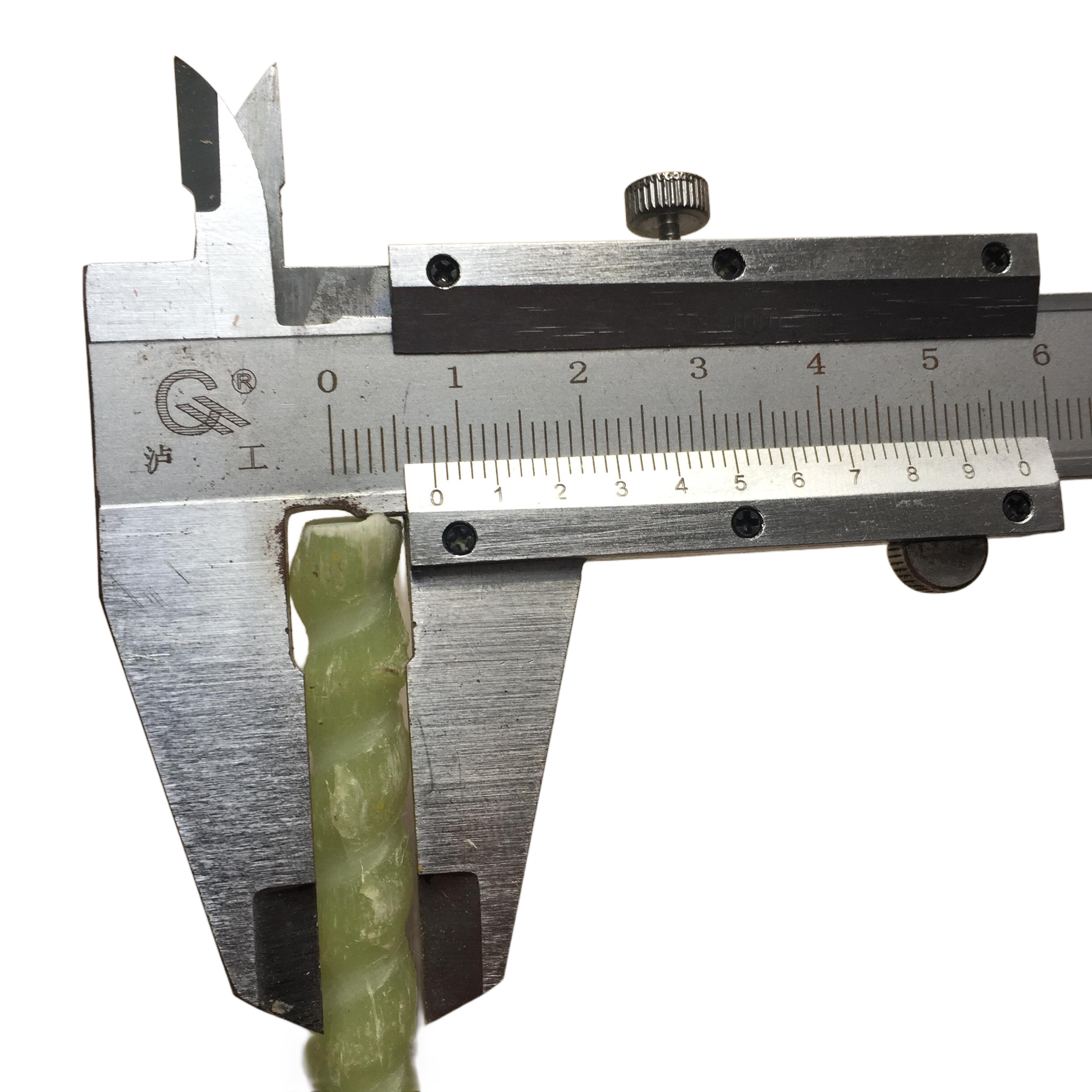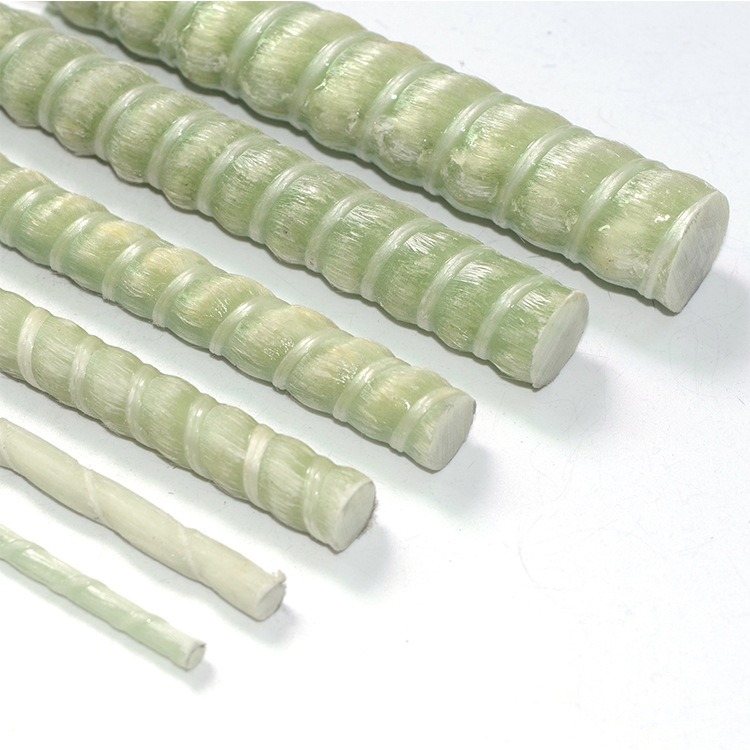Introduction
The global construction industry has witnessed significant advancements in materials technology over the past few decades. Among these, Fiberglass Reinforcement Profile has emerged as a game-changing innovation. This composite material, known for its exceptional strength-to-weight ratio and corrosion resistance, is reshaping the way engineers and architects approach structural design. The purpose of this article is to provide a comprehensive analysis of the market trends surrounding fiberglass reinforcement profiles, delving into their applications, growth factors, and future prospects.
Market Overview
The market for fiberglass reinforcement profiles has experienced robust growth in recent years. According to industry reports, the global market size was valued at approximately USD 1.2 billion in 2022 and is projected to reach USD 2.5 billion by 2027, growing at a CAGR of 12.5%. This surge is attributed to the increasing demand for durable, lightweight, and corrosion-resistant materials in construction and infrastructure projects.
One of the primary drivers of this market expansion is the aging infrastructure in developed nations. Governments are investing heavily in the renovation and replacement of bridges, highways, and public buildings, where fiberglass-reinforced materials offer longevity and reduced maintenance costs.
Emerging Trends
Sustainable Construction Practices
Sustainability has become a critical consideration in construction. Fiberglass reinforcement profiles are non-corrosive and have a longer lifespan compared to traditional steel, reducing the environmental impact associated with frequent repairs and replacements. Additionally, manufacturers are now focusing on producing eco-friendly variants using recycled materials and energy-efficient production methods.
Technological Innovations
Advancements in manufacturing technologies have led to the development of higher performance fiberglass reinforcement profiles. Innovations such as pultrusion processes enable the production of profiles with enhanced mechanical properties and complex shapes. These technological strides are expanding the applications of fiberglass profiles in sectors like aerospace, automotive, and marine engineering.
Challenges and Opportunities
Despite the promising growth, the fiberglass reinforcement profile market faces certain challenges. High initial costs compared to traditional materials can hinder adoption, especially in cost-sensitive projects. Additionally, a lack of standardized testing and certification processes for composite materials can create hesitancy among engineers and builders.
On the flip side, these challenges present opportunities for industry stakeholders. Establishing standardized guidelines and promoting awareness about the long-term benefits and cost savings of fiberglass profiles can accelerate market penetration. Furthermore, collaborations between manufacturers and research institutions can foster innovation and address technical limitations.
Regional Analysis
North America
North America holds a significant share of the fiberglass reinforcement profile market. The region's focus on infrastructure modernization and the adoption of advanced construction materials contribute to this dominance. The United States, in particular, has numerous ongoing projects utilizing fiberglass profiles, ranging from bridge decks to pedestrian walkways.
Europe
European countries are increasingly adopting fiberglass reinforcement profiles due to stringent environmental regulations and a push for sustainable construction solutions. Countries like Germany and the United Kingdom are investing in research to further enhance the properties of fiberglass composites.
Asia-Pacific
The Asia-Pacific region is expected to witness the fastest growth in the coming years. Rapid urbanization and infrastructure development in countries like China and India drive the demand for advanced construction materials. Additionally, the expansion of manufacturing capacities and availability of raw materials support market growth.
Technological Advancements
Innovations in material science have led to the creation of fiberglass profiles with enhanced characteristics. For instance, the incorporation of nanomaterials into the fiberglass matrix improves mechanical strength and thermal stability. Moreover, developments in resin technology have resulted in profiles with better fire resistance and durability.
Automation in the manufacturing process is another significant advancement. Automated pultrusion lines increase production efficiency and consistency in product quality. Companies are also utilizing simulation software to design profiles that meet specific performance requirements, reducing the time and cost associated with prototyping.
Case Studies
Bridge Rehabilitation Projects
Several bridge rehabilitation projects worldwide have successfully implemented fiberglass reinforcement profiles. In one notable example, a pedestrian bridge in Canada was reinforced using fiberglass profiles, resulting in a structure that is resistant to de-icing salts and harsh weather conditions, thereby extending its service life.
Marine Infrastructure
Fiberglass reinforcement profiles have been used extensively in marine environments due to their excellent corrosion resistance. Projects involving seawalls, docks, and offshore platforms have benefitted from the durability of fiberglass composites, reducing maintenance costs associated with traditional materials like steel and wood.
Future Outlook
The future of the fiberglass reinforcement profile market appears promising, with several factors contributing to its growth trajectory. Continued investment in infrastructure, particularly in developing economies, will drive demand. Additionally, the industry's focus on sustainability aligns with global efforts to reduce environmental impact, positioning fiberglass profiles as a preferred material choice.
Emerging applications in renewable energy, such as wind turbine blades and support structures, present new avenues for market expansion. The development of smart composites incorporating sensors and monitoring systems may also revolutionize how structures are maintained and repaired.
Conclusion
In conclusion, fiberglass reinforcement profiles are poised to play a pivotal role in modern construction and engineering projects. Their superior properties over traditional materials offer solutions to longstanding challenges in durability and maintenance. As the industry continues to innovate and address current hurdles, the adoption of fiberglass profiles is expected to accelerate.
For stakeholders in the construction and manufacturing sectors, staying informed about the latest developments in Fiberglass Reinforcement Profile technology is essential. Embracing these advanced materials can lead to more sustainable, cost-effective, and long-lasting infrastructure solutions.



























